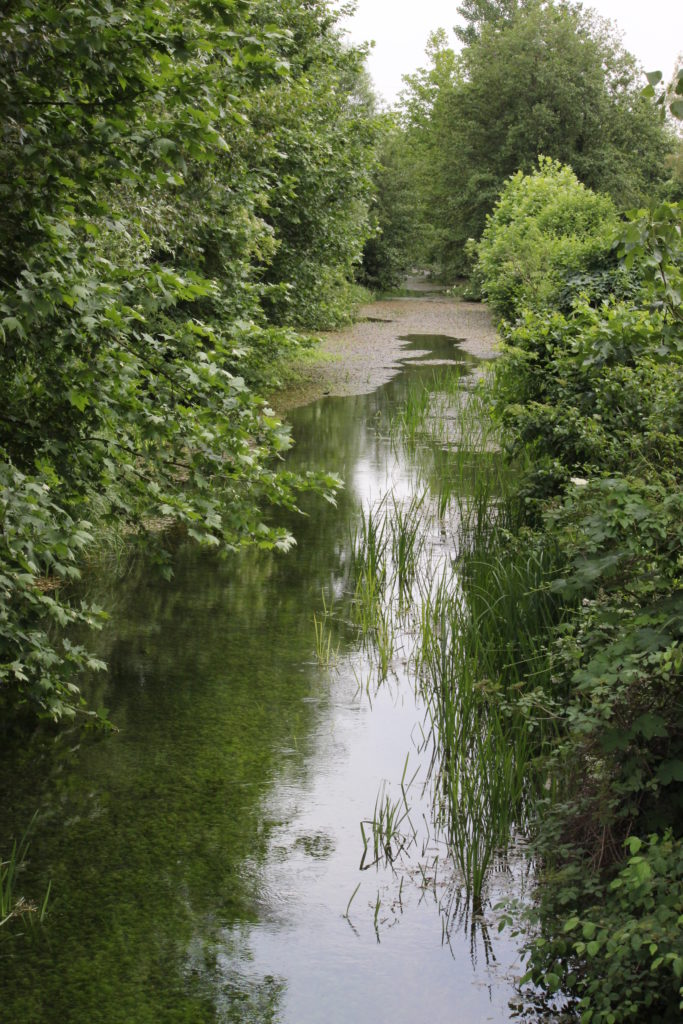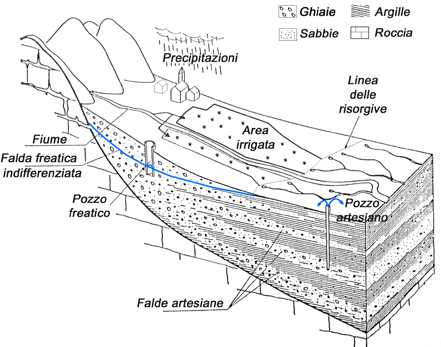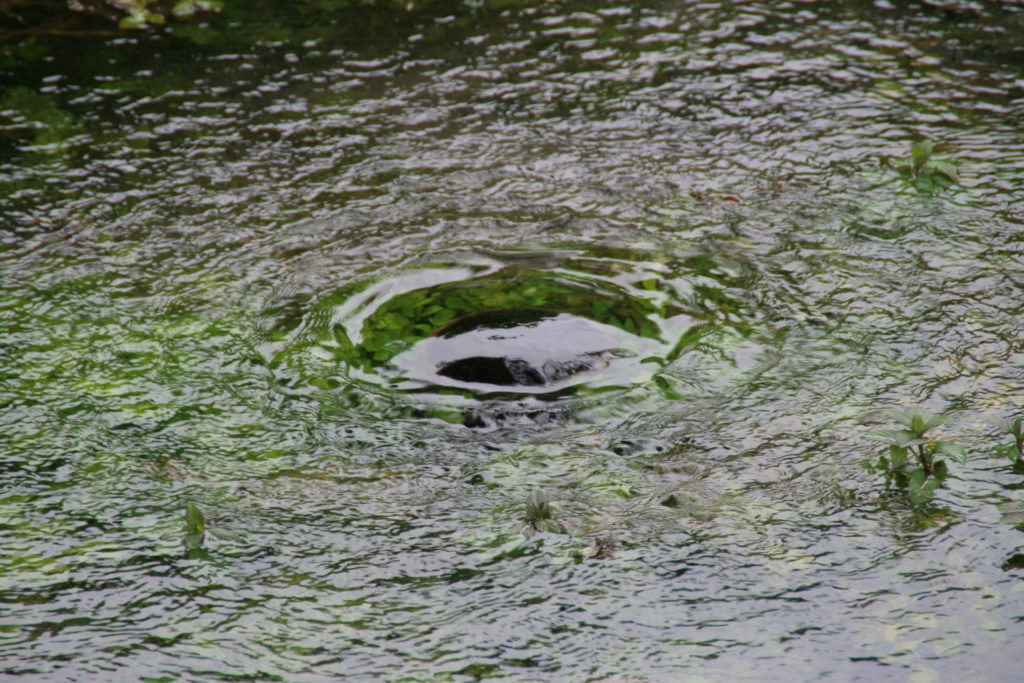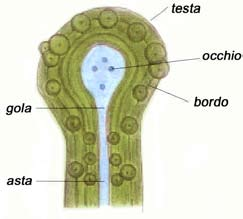A resurgence is a natural outflow of groundwater emerging on level ground, deviated to the surface by layers of impermeable soil rich in loam and clay.
Watery habitats and vegetation along waterways in the resurgence area are important to the indigenousA species is indigenous if it originated and evolved in the region or ecosystem it lives in. More fauna and flora and constitute a formidable source of biodiversityThe coexistence of different animal and plants species within the same ecosystem, the mutual interactions of those species creates a balanced environment. More.

The formation of a resurgence is a fairly rare natural phenomenon, as it relies on a series of quite unique events. A peculiar trait of the resurgence spring water is its constant temperature (11-12℃); seasonal variations affect the water with a delay of 2-4 months, making it the coldest in April and the warmest in October, thus creating specific microclimatesA local set of atmospheric conditions that differ from those in the surrounding areas. More. Resurgence spring water is also particularly clear, being filtrated by the bedrock.


Human intervention, aimed at reclaiming and cultivating the surrounding areas, has transformed the resurgences into spring wellsA spring well ("fontanile") is the result of the human intervention on resurgences, transformed into spring wells by the enlargement of the natural valleys in the land. More: by enlarging the natural valleys in the land, water is led to surface and then channelled into a canal or “central axis” of the watercourse. The central axes of the watercourses join together to form irrigation ditches or actual resurgence rivers.

